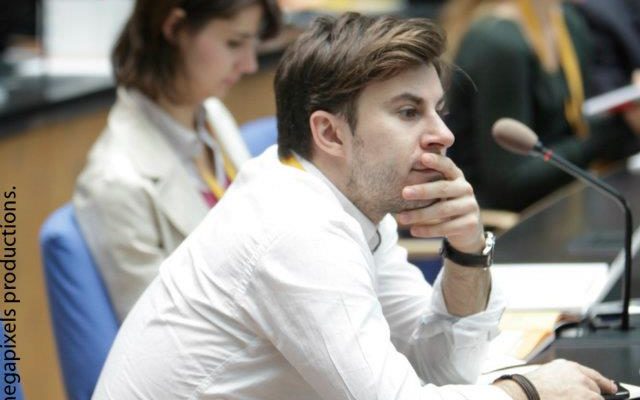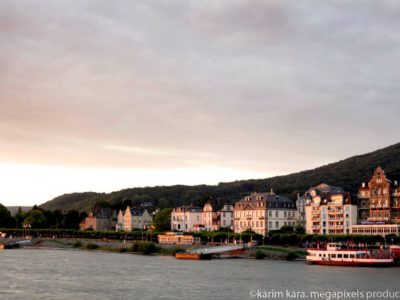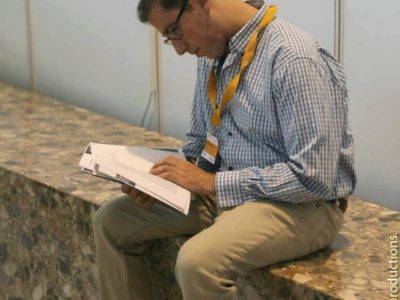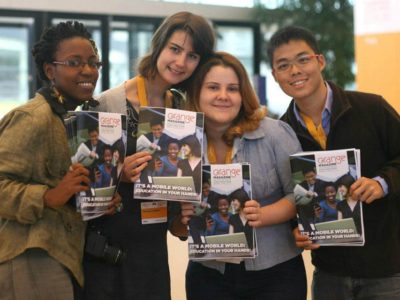Development
Coming from Nakuru (a town two hours from Nairobi), I was listening to the radio when the driver switched to Ghetto Radio, 89.5fm. I always thought that since this channel is broadcast in Sheng (Kenyan urban slang), I don’t understand a word of what they’ve said, and therefore t89.5 is not a serious station. Later, I realized that this was a radio station for those living in the ghetto. I started to tune in and gave it my attention. The presenters addressed so many issues facing those in the ghetto, and I thought to myself, “This is what we need,” an avenue for communities to air out their thoughts and find solutions.
From an article in IPS News covering Pamoja Radio fm, a community radio station: ‘In a Kibera-bound mini-bus taxi, the driver changes the station just as he turns onto Ngong Road, kilometres away from the Kenyan slum. He tunes into Pamoja Radio 99.9 FM, a local community radio station that broadcasts only in Kibera.
“Wachatupateushauri,”the driver tells the passenger next to him in Swahili. Translated, it means: “Let’s get some advice.”
“Whenever I tune in to Pamoja Radio, I learn something new, a new life lesson. They discuss family issues that are familiar to most of us, they address issues of unemployment, and mostly advocate for self-employment,” said the mini-bus taxi driver, adding that on the weekend he listened as a local young man explained how he had raised himself out of poverty using a loan from a microfinance institution.’
As stated by Indigo Trust Pamoja FM, a community radio station in Kibera slum, Nairobi came to the fore during the 2007-2008 election violence, where they acted as a calming influence on the citizens in Kibera, which was in stark contrast with many comparable stations, which incited violence over this period. In this way, they remained true to their name which means ‘Unity’ in Swahili.
Pamoja FM formed in 2007 to empower the youth of Kibera through education and information and it now transmits over a radius of 35-40km of Nairobi, giving a voice to citizens who are otherwise disempowered, and keeping residents informed about issues which dramatically impact upon their daily existence.
It is always good to have a sense of development in all areas of life. Communities are not left behind when it comes to this. Since a community is a group of people with like mindedness, it is far easier to have development thrive there than in any other place. There are many ways in which we can make a community grow. For example by building businesses, improving infrastructure, starting schools, digging boreholes and so much more. In these ways we make it a prime goal to have communities sustain themselves. Having projects done by the community, for the community, gives those living there a sense of ownership and responsibility. In Kenya especially, those who live in marginalized areas like the northern regions, Garissa and Turkana feel hopeless. In fact some of those living there say that they are not part of Kenya as they feel left out in most things. Also, those in rural towns like Mura’nga and Nyeri experience the same thing. Finding a way to develop them would be of great help to the communities and this would enable them to move forward and not lag behind.
Power of the media tools
Media is a very powerful tool. We have seen how influential the media is when it comes to causing people to act. In the horrific 1994 genocide in Rwanda, the media there had widespread propaganda that fueled the killing of at least half a million people according to the detailed report by the Human Rights Watch released in 1999. However the media is also used to bring good to the society. Without the media, we would be enclosed to the comforts of our homes and not know much about what is happening in the world. It has helped us expand our knowledge, and thanks to technological development we can communicate with the whole world just by having the media.
Community media
The media can be a great tool to bring development to a community. This is by having community media. Community media is media controlled by a community. In communities like Garissa and Turkana, in Kenya, one of the most desolate inhabited places in Africa, and with great need, donors and NGOs work there to try and help sustain the communities. This is a noble cause but there has to be a way to have the community sustain itself rather than have it always stretch its hand out for help. A community has to be able to run itself, to be independent. Community media is an example of community development that will cause communities to do so. Community media will help first by giving communities a voice where they know that they are included in the community and the country as a whole. This will give them importance and courage to make choices with regard to their community.
Having a community feel a sense of ownership to a project really, makes it flourish. This is seen clearly in community media because the members of the community run everything. If it is a radio station, they are responsible for the entire production process. This makes those in the community very proud of themselves. In communities like Turkana, education isn’t important in their culture as most of them are pastoralists. The girls are married off at an early age causing them not to further their careers. Having acommunitymediastationataplacelike this will broaden their horizon where they will learn so much. They will develop themselves extensively, because they are learning to depend on themselves. This will give them self worth giving them a desire to grow.
Positive influences
For those in communities where education is not revered, having a media station in the community may change the perspectives of those living there because those in the media will address the issue of education. Since media is highly respected by audiences, this will influence those in the community positively. Another positive effect is that, those in the community running the media houses will also be looked up to.
An example of someone who works for a community media station who is looked up to is a man called ‘Bonoko’. According to an article written by Grassroots.co.ke, Bonoko was born on the streets. The government started to pick kids up from the streets in 2011 and send them to special schools to be reformed. After being caught Bonoko ran away twice, once walking for a week from Kakamega in Western Kenya to Nakuru, on his way back to Nairobi. “The watchmen at these schools beat us too much”, he complains. He ended up completing only two years of primary school education. His life took a positive turn when he started working at ghetto radio. He is a positive influence not only to the community radio station but to Kenyans as a whole. As a presenter he communicates to the youth and gives advice about taking education seriously, by also giving his life story.
This is the advantage that community media has over commercial media. Commercial media is controlled more by the sponsors and its main aim is to make money. Those that have community media decide what to air and they do not have to be controlled, as their main aim is to cater to the community.
In this community media house, whether a radio or TV station or even a magazine, everything featured is about the community. If it’s in a village in Turkana, an announcement about when to take the cows cattle dipping is put on there. If there is a local musician who is holding a concert, it is advertised i through the media tool. If there is only one shop thriving over others, this can cause there to be healthy competition when one of them begins to advertise its products to the community, through the use of media. This makes those in the community feel important.
The awakening
Community media stations may be looked down upon by the commercial media stations because they are small and do not make money, but there is so much that can be accomplished through them. In 2007, in Kenya there was post election violence that wretched the country and almost plunged it into a deep hole, yet if there were more community media stations, this may have been avoided and disputes couldd have been mended. This is because the commercial media houses, especially those that broadcast in vernacular, dominated the airwaves. Many community media houses should be built where issues of tribalism are addressed. Communities should be educated against being divided on tribal lines. A community makes up a country and if we want to build a country, we can only start from the bottom up.
With regard to community media, a quote from T.F Hodge is fitting. “When individuals and communities do not govern self, they risk being ruled by external forces that care less about the well-being of the village.”















